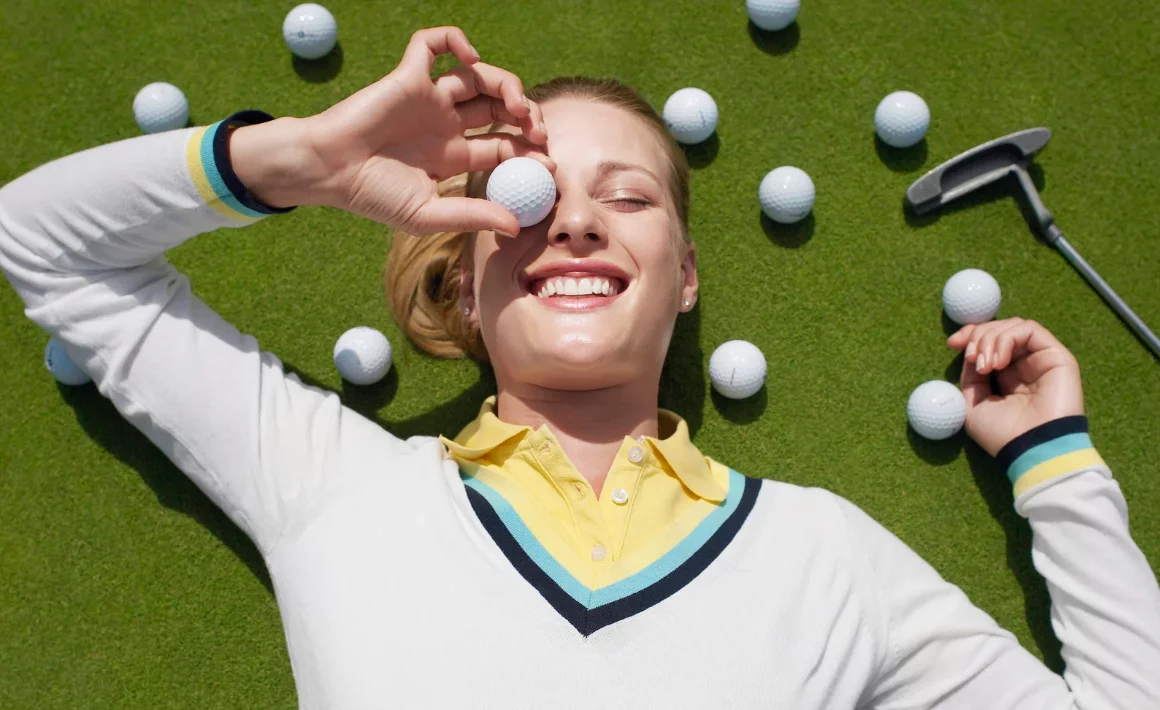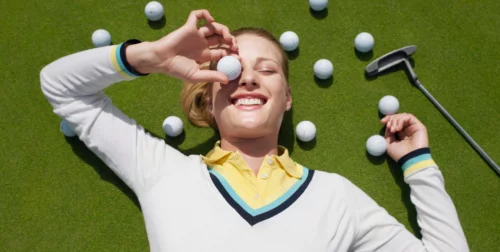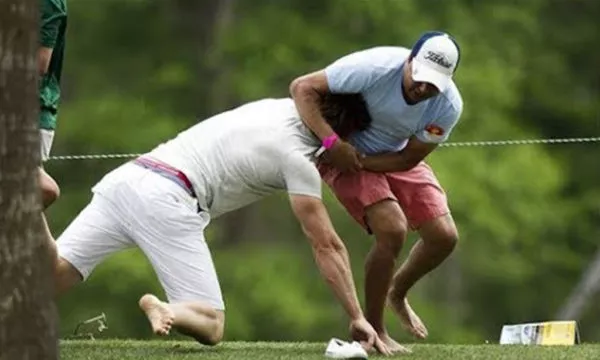
It never hurts to get back to basics and remember the key design differences you ought to know come time to buy a new golf ball. Whether you’re new to the game or have played for several years, or if you’re a low handicapper or a novice, finding the right ball is essential if you want maximum performance.
You heard that right. We’ve done dozens of golf balls tests and the proof is real. No one ball is the dominant choice for every type of player. There are golf balls tuned for long hitters, short hitters, high hitters and low hitters. There are balls for golfers who want more spin, less spin; a firm feel or soft feel—you get the idea.
In no order of importance, here are five things you should know come time to choose and buy the right golf ball.
Midlayers matter on both tee shots and short shots
We often talk cores and covers when describing golf balls, but the fact is, mid-layers play very important roles in how golf balls perform. When you hit a wedge or a higher-lofted iron shot, you don’t compress the ball as much as you do hitting a driver, wood or even a long iron. This means at impact, the mid-layer of a golf ball functions as somewhat of a backstop for the soft cover to press against to create more spin. On longer shots, the mid-layer works in tandem with the core to increase ball speed and in some cases can reduce tee shot spin. Here’s the catch, though. To take advantage of a spin-reducing/distance-adding mid-layer off the tee, you need a faster swing speed to compress the ball more. For maximum mid-layer benefit on short shots, read below.
Soft covers (usually made of urethane) produce more short-game spin, but the technique is important, too.
It’s true that a soft cover can help just about any player type spin the ball more around the green. But that’s not all there is to it. Spin loft is a measurement that gauges the angle between your angle of attack and the dynamic loft at impact. The greater this differential, the more spin you’ll create. Having a soft cover will certainly help, but if your technique isn’t allowing for maximum spin, you won’t reap the full benefit of a soft cover. This is why better players who know how to strike the ball with more loft and a steeper angle of attack are able to spin the ball more than average players with flatter swings and lower dynamic lofts. It takes both a soft cover and skill to hit high spinning shots around the green.
Feel comes from within
How a ball feels off the tee has less to do with the cover and mid-layer and more to do with the core. Some golf balls such as Srixon’s three-piece multilayer Q-Star have specially formulated cores that are softer in the middle for a soft feel while still being firm in the outer region of the core. This means they can compress and rebound more for faster ball speed while still feeling buttery thanks to a soft center.
Firm covers can help golfers with slower swings
Like the Q-Star which has a core material that is softer in the center and more resilient towards the cover, Srixon’s Soft Feel golf ball has a similar core design but with no mid-layer and a firmer cover. This means the ball is softest in the center, and gradually gets more resilient as you move closer to the outside of the ball. This is ideal for slower swingers because the most resilient regions of the ball are towards to surface where they can compress it and take advantage of more ball speed off the tee.
Better players will glean more from premium multilayer balls
On the other hand, better players (who are typically faster swingers) have the speed required to compress through the cover and midlayer and still reach the resilient core for added ballspeed (and in some cases, reduced spin with a driver.) Srixon has three balls for discerning players with faster swingspeeds in this category: the multilayer Srixon Z-Star for maximum greenside spin; the multilayer/multicore Srixon Z-Star XV for added distance off the tee; and the newer multilayer Z-STAR Diamond, for players who want added spin not just with shorter shots but from their middle and long irons as well.
Spin affects trajectory but so do the dimples
The dynamic loft you create at impact and the amount you spin the ball off the tee definitely affects your trajectory, but that’s not all. The dimple pattern on your golf balls also matters. In Srixon’s case, the 338 Speed Dimple pattern used across the line is designed to not only be more stable in the wind, but also to reduce drag during the initial launch of the ball for greater lift while also promoting a shallower angle of descent on the way down.
Armed with this knowledge, you should be able to better discern the right golf ball for your game. And by the way, many golf shops sell golf balls by the sleeves. So in case you want to try something new, consider buying a sleeve first before you plop down the added cash you’ll need for a new dozen. You may find you have the speed in your swing to get more distance off the tee and more spin around the greens. Or, maybe you aren’t as fast as a swinger and you need to choose between more spin or more distance. Either way, with today’s huge assortment of golf balls available, a little trial and error is a good idea to help better determine the exact right golf ball for you.




